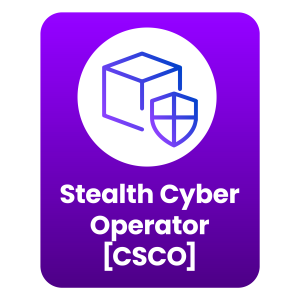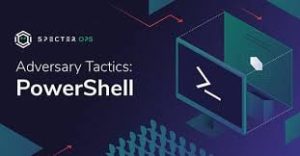
After investing in cybersecurity to protect their systems and data from the possibility of a cyberattack, many companies want to make sure their security countermeasures are effective by conducting a penetration test. But who can they trust to evaluate the effectiveness of security countermeasures? Considering the oft-quoted statistic that around 80% of all cyberattacks are the result of human error, it’s not surprising many people believe that the success of a penetration test lies largely in the skill and experience of the testers. Now, you have the opportunity to prove that you have the skills and experience they need when you complete our advanced cybersecurity training: “Infrastructure Pentesting: Hackers Perspective or Notes From the Field.” This advanced training, which requires a foundational understanding of Powercat and Inveigh tools, is a recorded training extracted from our AWSC 2020 edition. In less than three hours, this training based on real-world scenarios will equip you with the skills and know-how to conduct effective pentest and vulnerability management. We highly recommend this advanced training to penetration testers and any cybersecurity expert eager to develop their skill set and advance their career.






